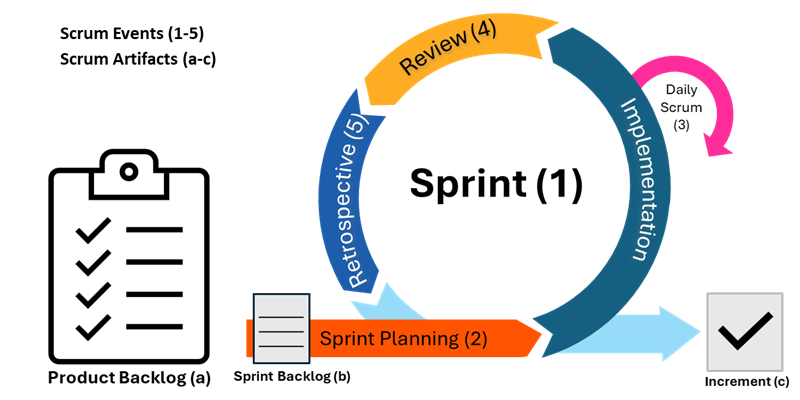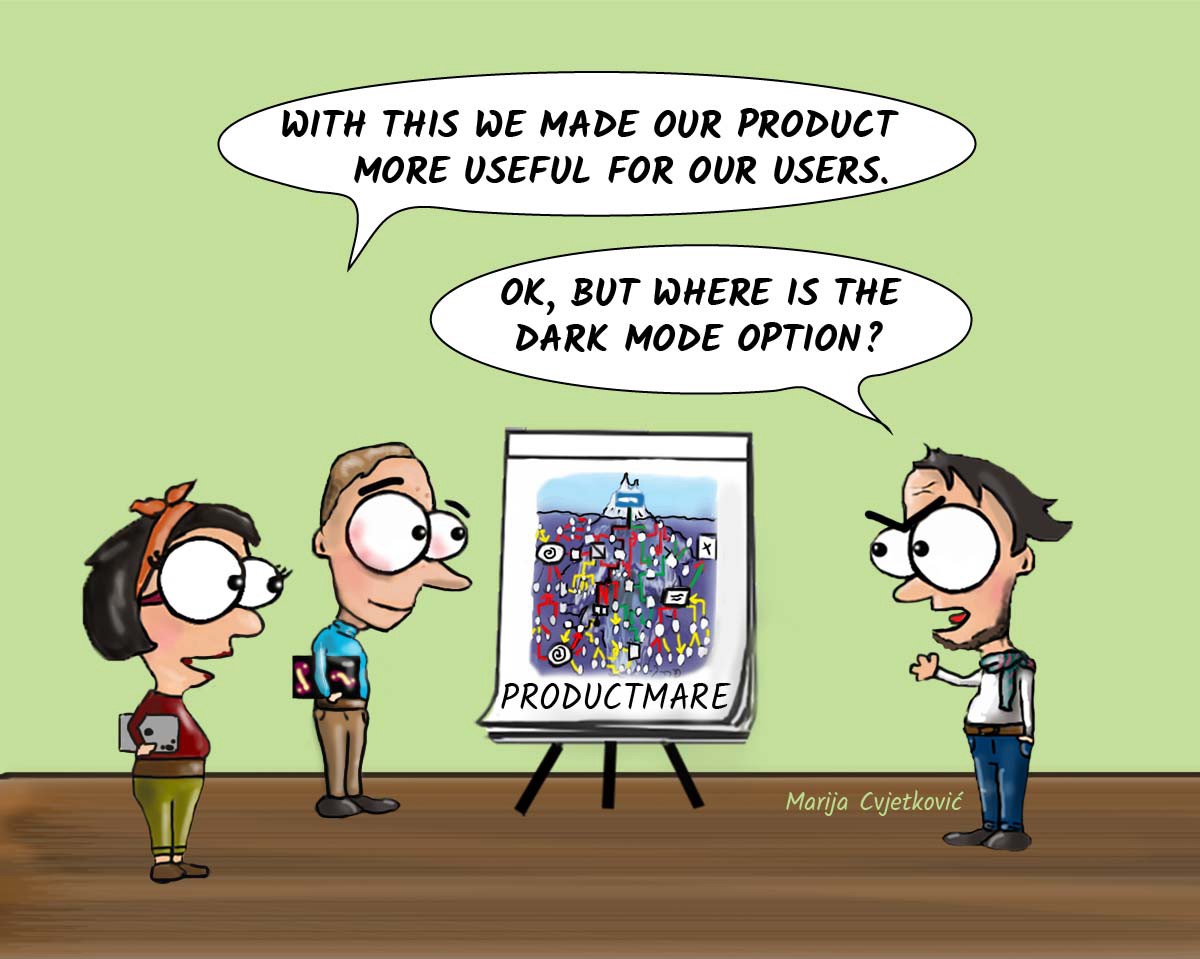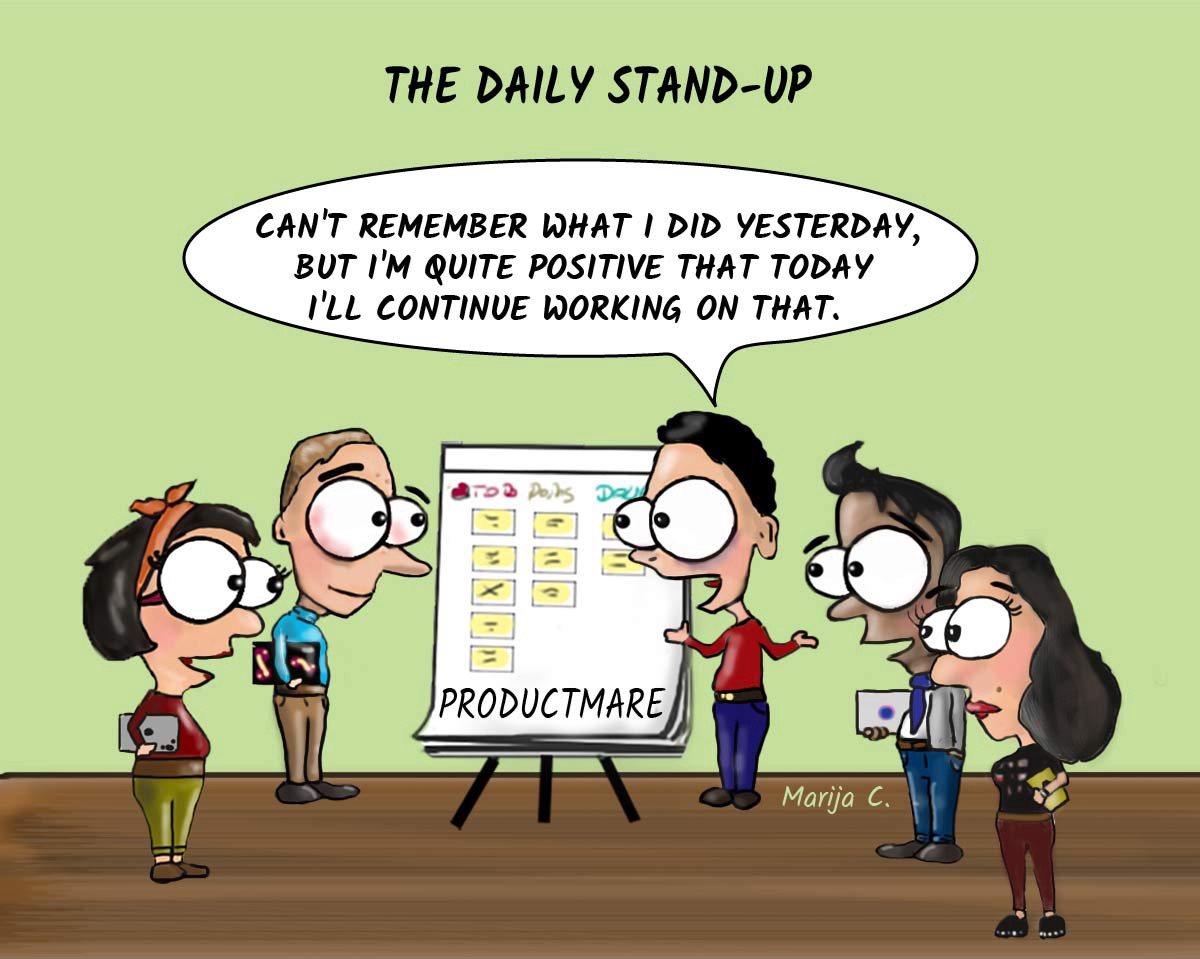Scrum Practice
Scrum Practice: Ceremonies
Scrum events (ceremonies) give structure to the work and create regular points for planning, checking progress, showing results, and improving. Each event has a clear purpose and helps the team stay aligned and focused. The main events are Sprint, Sprint Planning, Daily Scrum, Sprint Review, and Sprint Retrospective.

The diagram shows how the events connect together within a sprint cycle. The table below breaks each event down further—when it happens, how it looks in The Data Mine, and what its purpose is.
| Term | When | When in TDM? | Purpose |
|---|---|---|---|
Sprint (1) |
2 to 4-week cycle |
2-week cycle |
Sprints are the heartbeat of Scrum, where ideas are turned into value. The development team works on the chosen tasks for the sprint until they are finished. |
Sprint Planning (2) |
At the start of every sprint |
During 1st lecture of the development sprint |
Sprint Planning initiates the Sprint by laying out the work to be performed for the Sprint. This is the meeting where the team decides what work they will focus on in the Sprint. They break big tasks into smaller ones and agree on what can be done and who takes ownership |
Daily Scrum/ Standups (3) |
Daily |
Each lab of the development sprint (Weekly) |
These are quick meetings (often 10–15 minutes) where each team member answers: |
Sprint Review (4) |
Meeting held towards the end of a sprint to demo work |
During 2nd lecture of the development sprint |
At the end of the sprint, the development team shows what they completed to the scrum master, product owners, and others. It’s a way to check progress and get feedback. |
Sprint Retrospective (5) |
Meeting held after the review within a sprint |
During 2nd lab of the development sprint |
This is a short meeting after the sprint where the team talks about what went well, what didn’t, and what they can do better next time. |
|
Encourage honesty in the hope of continued improvement. |
TDM Sprint Schedule
The sprint start and end dates are slightly shifted depending on when a team has their meeting (50 minutes) and lab (1 hour 50 minutes).
| Sprint | |||
|---|---|---|---|
Week 1 |
Week 2 |
||
Lab 1 |
Meeting 1 |
Lab 2 |
Meeting 2 |
- Standup |
- Sprint Planning |
- Standup |
- Sprint Review |
or
| Sprint | |||
|---|---|---|---|
Week 1 |
Week 2 |
||
Meeting 1 |
Lab 1 |
Meeting 2 |
Lab 2 |
- Sprint Planning |
- Standup |
- Sprint Review |
- Standup |
|
This schedule can be modified slightly, but it is most important for sprint planning meetings and sprint review meetings to be held with corporate partner mentors. |
Scrum Ceremonies Cartoon


Cartoon illustrated by Marija Hajnal